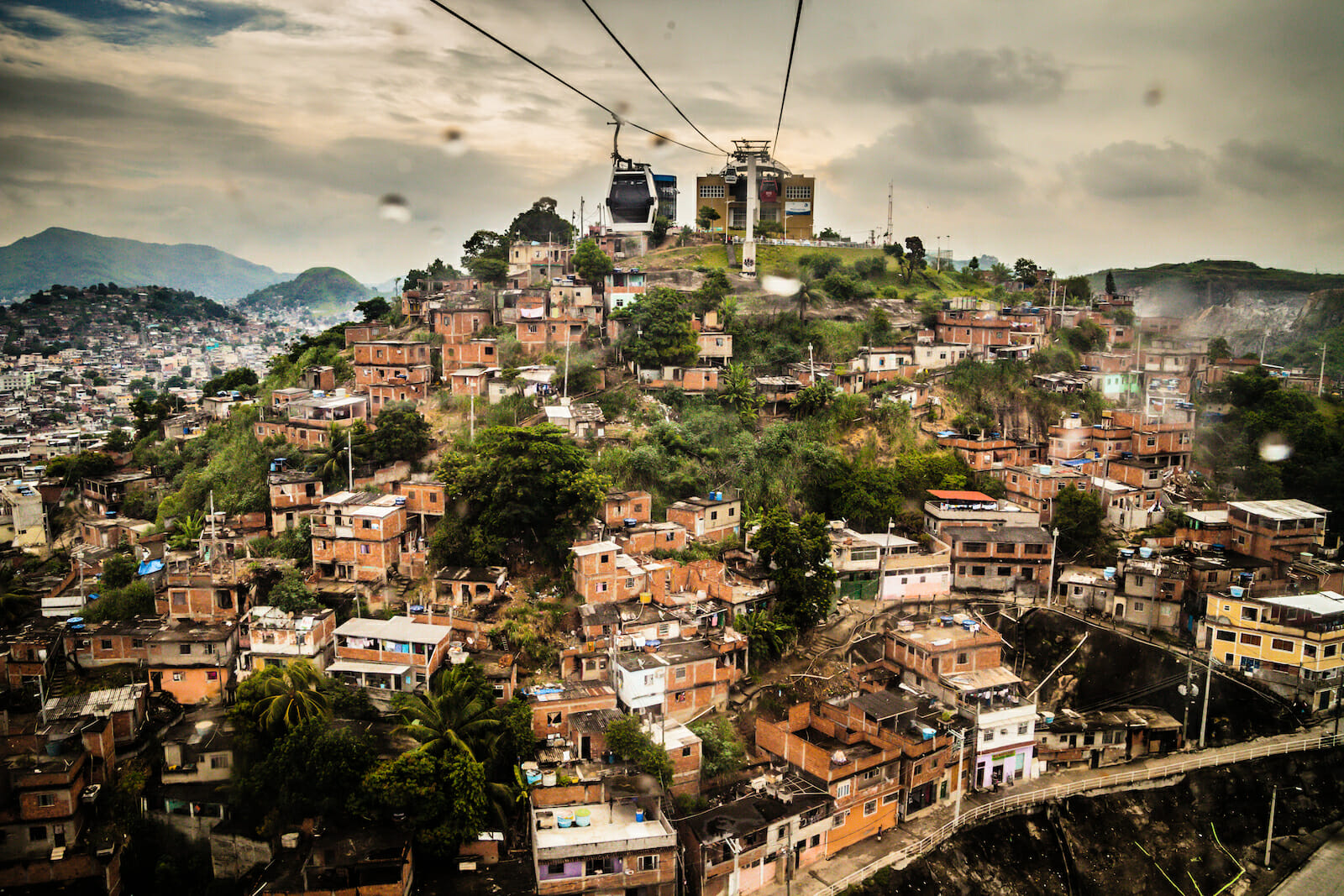
COVID-19 Lays Bare Labor Informality in Latin America
For years, informal work has sustained nearly a third of Latin America’s growing economies. Unlike elicit economies, informal labor consists of economic activity without criminal intent that skirts the law because it is more convenient or is the only viable approach. Although identifying who falls under this basket depends on each country’s parameters, there is a consensus that informality does not provide a solution for poverty eradication. With the economic slump created by the pandemic, informality has constituted a big part of the expected two-decade regression in Latin America.
Informality has affected more than half of all occupations, impeding access to financial services and wealth accumulation. A larger number of cases are primarily found in Central American nations. The informal economy can be divided into two sub-sectors. The first consists of informal waged work which derives from the outsourcing of formal firms for cheap labor. A small, medium, or large-scale company—for instance, a hotel cleaning contractor—may hire people off-the-books and pay them under the table. Serving the interest of corporations, an informalized employee lacks legal protection to be granted basic services like healthcare, a minimum wage, and retirement pensions.
The other sub-sector is informal self-employment, which abounds in agriculture, industry, and services. Regardless of their categorization, informal workers have historically faced hazardous job conditions and precarious labor arrangements where bargaining power is deficient. While some may work as maids, street vendors, or retail sellers, they all depend on their employers’ disposition to compensate them fairly and grant them added benefits.
As of 2018, the informal employment rate in Latin America has reached 54.8% of the total workforce, with women occupying a slight majority. Unlike their male counterparts, women tend to earn significantly less and thus concentrate in lower-income strata. While the debate continues on the dynamics that sustain the informal economy, it is unlikely that it is because of the people’s free will. The long history of inequality and exploitation in Latin America, which still prevails, although in modern ways, has left people seeking survival by any means possible. With limited education, individuals—especially in the middle-income and upper level of low-income strata—have struggled to climb the human capital ladder and pursue jobs in the formal sector. As informality continued expanding rather than drilling into its structural roots, formalization became the faster remedy.
Suggesting that a transition from the informal to the formal economy would prompt inclusive development and decent work for all, the International Labor Organization passed provision no. 204 in 2015. This recommended member nations adopt a series of programs and policies aimed at promoting entrepreneurship, improving access to financial services, and reducing compliance costs by introducing simplified tax assessments, among others. Various Latin American governments approved the suggestion and followed through with action. In Peru, where 73% of employed work was in informal conditions with a women majority before the pandemic, the government pushed for the regularization of one of its biggest outskirt markets, Gamarra.
Through “Formaliza Peru,” a program spearheaded by Peru’s Ministry of Labor and Employment Promotion, workers and owners of micro-enterprises received technical and skills-development training. Other countries, like Brazil, had to only expand existing efforts towards formality. The Brazilian program SIMPLES, enforced in 2007, broadened its tax-reduction policies to a larger group of micro-enterprise owners. These initiatives’ overall goal was clear-cut: to bolster productivity to acquire greater capacity for absorbing the costs of formalization.
Under the belief that adopting these recommendations would secure economic growth, experts predicted a possible spillover effect: poverty decline. In reality, while GDP in Latin America rose by an average of 0.3% per year from 2014 to 2019, the percentage of the population living in extreme poverty increased from 7.8 to 11.3%, and in poverty increased from 27.8 to 30.5%. The process of formalization, through encouraging investment and entrepreneurship, could only do so much in tackling labor informality and poverty on the surface level. Now, in 2021, COVID-19 has unmasked the precarious dualism in the labor market and exacerbated its dysfunction.
Over a year ago, Brazil identified the first case of COVID-19 in Latin America. Soon after, the pandemic forced Latin American countries to implement lockdowns and restrictions. Millions had to stay at home; unemployment rose to the double digits—almost 13%. The severity of the virus’ impact differed between sectors, albeit commerce, hotels, and restaurants were the hardest hit. About four million jobs were lost. The number of informal workers—which has been difficult to measure given the lack of regulatory mechanisms—can only be equal or higher.
Countries in the region reacted to the sharp drop in production activities by announcing social protection measures to offset part of the lost income. These measures included transfers of cash payments, food, face masks, and medication, and the suspension or exemption of payments for accessing basic services. Had governments not implemented these measures, employment, and labor income would have spiked, incrementing poverty by an additional 7%. However, months into quarantine, government savings dissipated, and cash transfers became limited to certain groups.
Falling outside of the lowest socioeconomic strata, most individuals who held informal jobs did not qualify for the generous government policies and programs. Unlike their counterparts—a minority of labor ‘insiders’ with salaried jobs—hairdressers and waiters, among others, lacked access to unemployment benefits and furlough schemes. Initial cash payments only compensated for a mere fraction of the lost income of these labor ‘outsiders.’ Many of them were even forced to backtrack on their socio-economic progress. This was the case of women self-starters in Colombia. Although they had entered the sewing and washing business two years ago to escape unstable jobs, the pandemic forced them to return to their previous jobs as nannies and recycling collectors.
The setback affecting primarily informal workers added to the health crisis that Latin America continues to face. The flooding ICU units, unsparing deaths surpassing 1.65 million people, and unequal lockdown repercussions set clearly that the system cannot go hand in hand with informality. If the belief is that ‘fixing’ informal workers by turning them into formal ones will lead to growth and poverty reduction, then the efforts will be futile. The pandemic has shown that what people need is secured access to social protection, regardless of their work status. While easing restrictions to access loans and expand micro-enterprises does encourage production, a universal provision of social protection with a guarantee of welfare rights can permit an actual shift in informality.
Increasing access to quality education, health, or dignified working conditions will allow the large population of informal workers to shed the constraints they currently face when pursuing job opportunities. For Latin Americans to shift toward formal and stable jobs, they must be provided the tools, the training, and platforms, especially through a primary and secondary education that trains students with relevant skills in today’s technology-driven society. With the largest gap between the skills that economies require and those provided by schools and universities, Latin America must target its populations at their earliest development stage and ensure a consistent formation. After all, economic sustainability can be better achieved when it grows from the bottom up.
